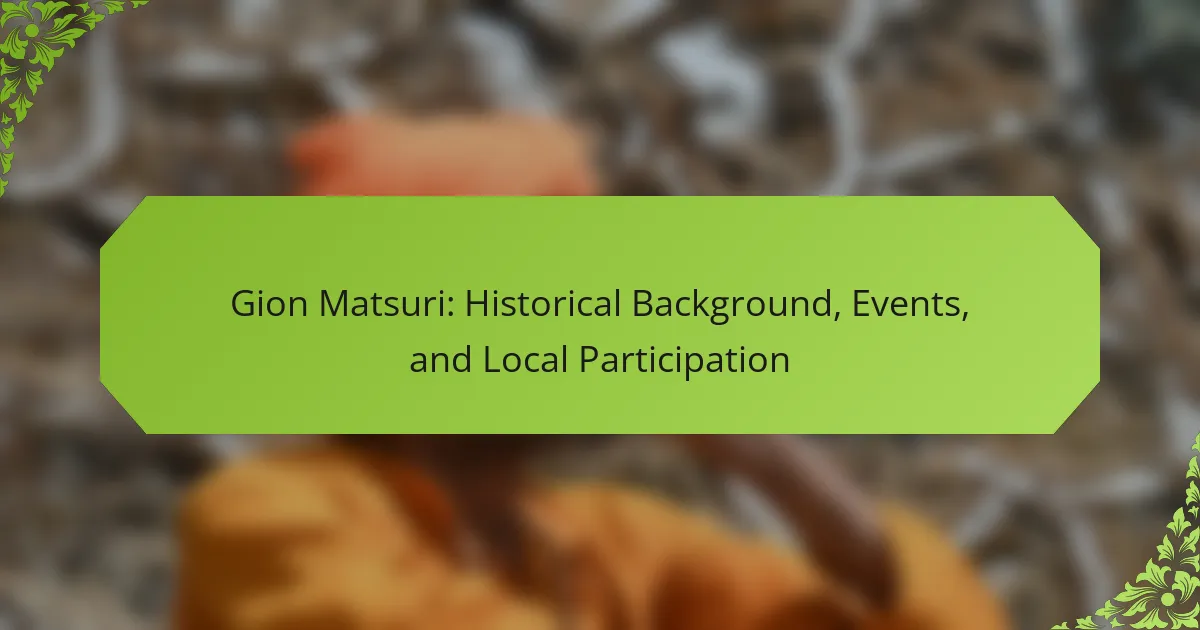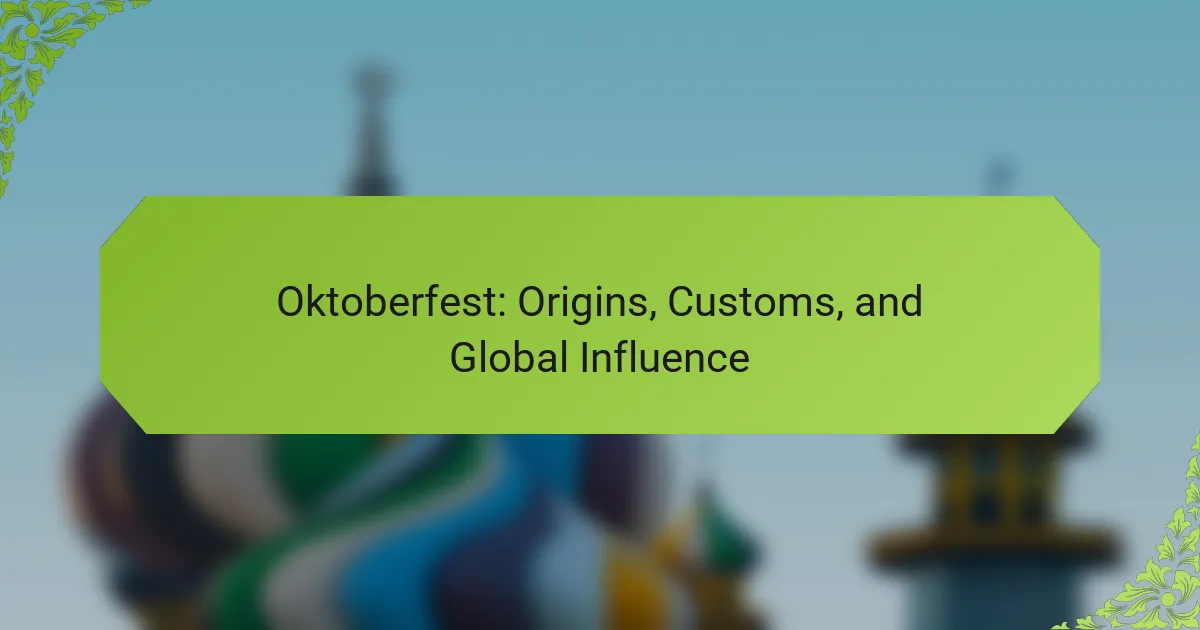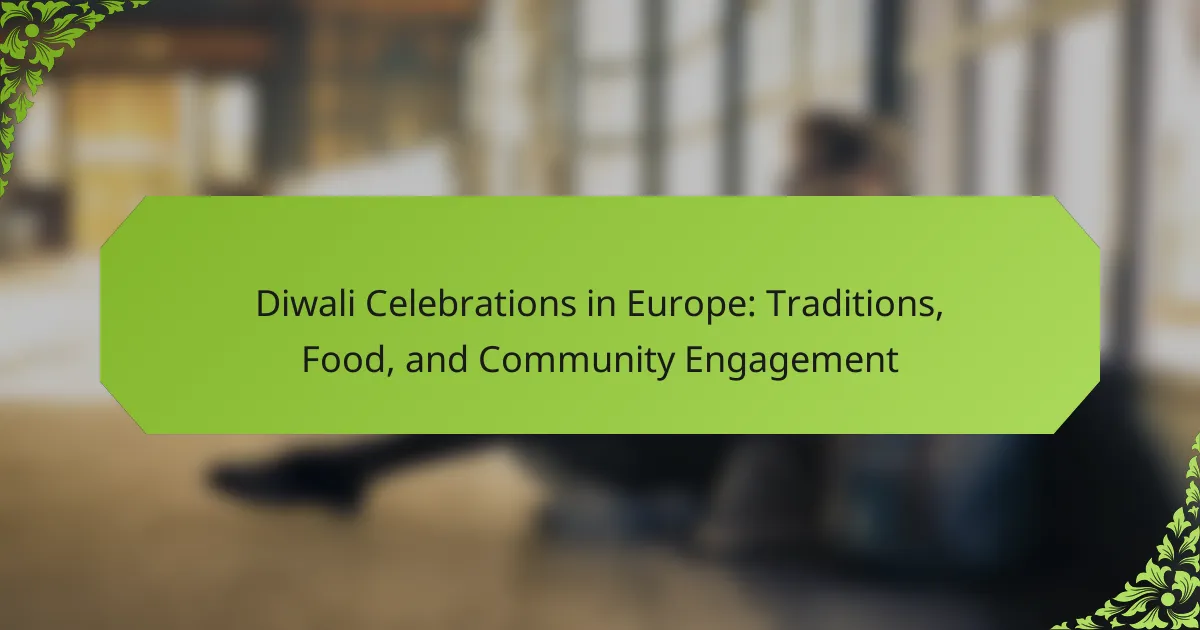Gion Matsuri is a significant cultural event in Kyoto that showcases local traditions and community involvement. Originating as a purification ritual in the 9th century, it has transformed into a month-long celebration featuring parades, traditional floats, and various festivities. Key events include the Yamaboko Junko procession, Yoiyama street parties, and the closing ceremony at Yasaka Shrine. Local participation is crucial, reflecting community pride and the preservation of historical practices amidst modern challenges.
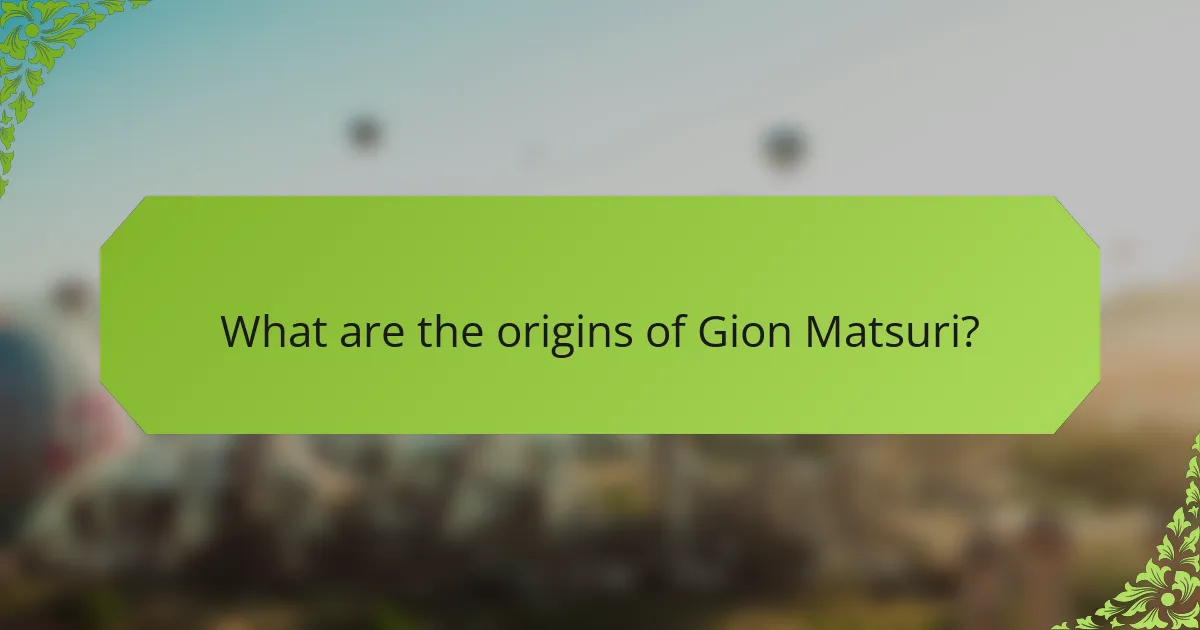
What are the origins of Gion Matsuri?
Gion Matsuri originated in the 9th century as a purification ritual to appease the gods during a plague. It has evolved into a month-long festival held in July, featuring elaborate floats and local community participation. The festival reflects Kyoto’s rich cultural heritage and showcases traditional crafts. Events include parades, ceremonies, and street festivities, drawing thousands of visitors each year.
How has Gion Matsuri evolved over the centuries?
Gion Matsuri has evolved significantly since its inception in the 9th century. Originally a purification ritual to appease gods, it transformed into a vibrant festival featuring elaborate floats and local participation. Over centuries, it adapted to cultural changes, integrating arts and community engagement. Today, Gion Matsuri showcases Kyoto’s heritage, attracting global attention and participation.
What cultural significance does Gion Matsuri hold in local traditions?
Gion Matsuri holds immense cultural significance in local traditions, symbolizing Kyoto’s rich history and community spirit. This festival, originating in the 9th century, reflects a blend of Shinto and Buddhist practices. The month-long celebration features elaborate floats, traditional attire, and local participation, fostering a sense of unity among residents. Events like the Yamaboko Junko procession highlight craftsmanship and heritage, drawing both locals and tourists. Gion Matsuri serves as a vital link to Kyoto’s past, preserving customs and promoting cultural pride.
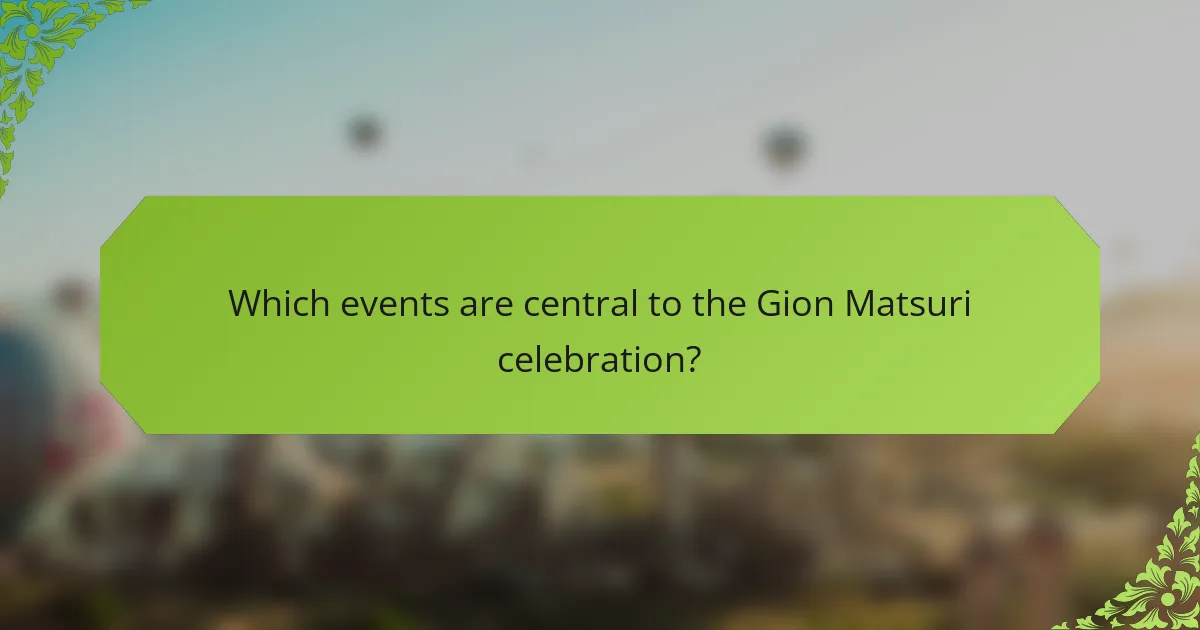
Which events are central to the Gion Matsuri celebration?
The Gion Matsuri celebration features several central events, including the Yamaboko Junko procession, the Yoiyama festivities, and the closing ceremony at Yasaka Shrine. These events showcase traditional floats, local participation, and cultural heritage. The Yamaboko Junko, held on July 17, is the highlight, featuring elaborately decorated floats parading through Kyoto. Yoiyama, occurring from July 14 to 16, includes street parties and shrine visits. The closing ceremony on July 24 marks the end of the festivities, emphasizing community involvement and historical significance.
What is the significance of the Yamaboko Junko parade?
The Yamaboko Junko parade is significant as it showcases Kyoto’s rich cultural heritage during the Gion Matsuri. This event features elaborately decorated floats, known as “yamaboko,” which symbolize historical and religious aspects of the festival. The parade, held on July 17, involves local community participation, enhancing social cohesion. Additionally, it is recognized as a UNESCO Intangible Cultural Heritage, emphasizing its importance in preserving traditional Japanese culture. The unique craftsmanship of the floats, which can weigh up to 12 tons, highlights the artistry and dedication of the local artisans.
How do the various floats represent different aspects of the festival?
The floats in the Gion Matsuri symbolize various aspects of the festival, showcasing historical, cultural, and local significance. Each float, or “yamaboko,” represents a specific district in Kyoto and features intricate designs and decorations. The floats often display traditional crafts, religious motifs, and local legends, highlighting the community’s heritage. Additionally, the parade of floats fosters local participation, uniting residents in celebration and preserving cultural identity.
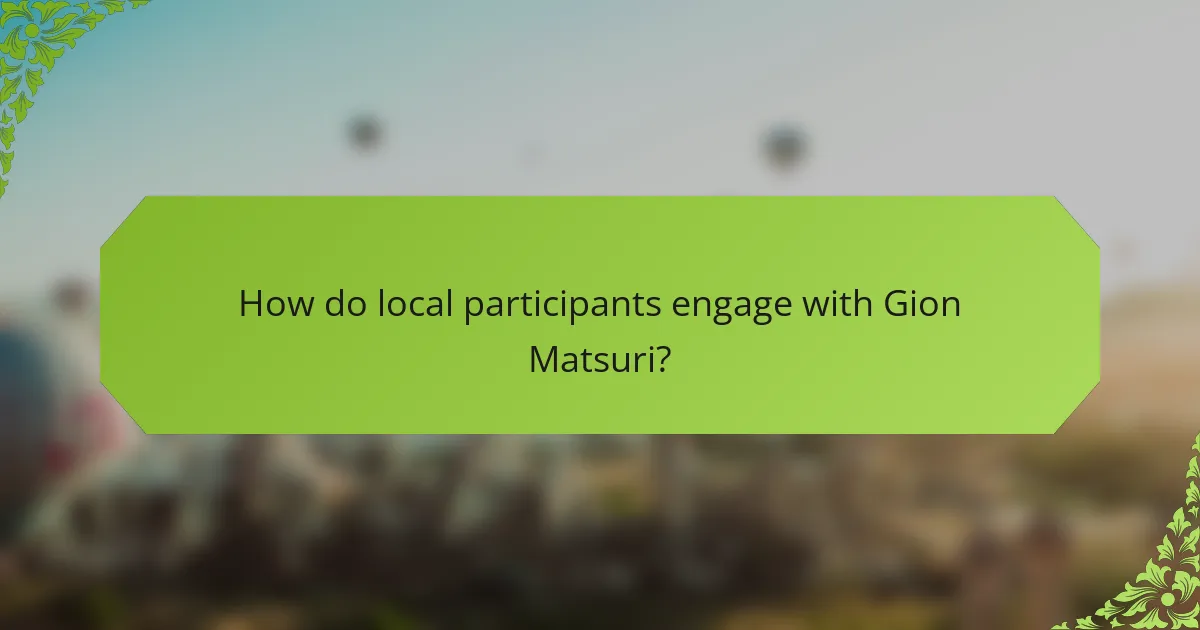
How do local participants engage with Gion Matsuri?
Local participants engage with Gion Matsuri through active involvement in its traditional events and celebrations. They contribute by preparing floats, participating in parades, and organizing local rituals. Community members often don traditional attire, enhancing the festival’s cultural authenticity. Additionally, local businesses support the event by providing food and souvenirs, fostering a sense of community pride and heritage. This participation strengthens local identity and preserves historical traditions associated with Gion Matsuri.
What roles do community members play during the festival?
Community members play vital roles during the Gion Matsuri festival, contributing to its success and cultural significance. They participate in various activities, including organizing events, preparing traditional foods, and maintaining the floats. Volunteers help in the setup and teardown of festival sites, ensuring everything runs smoothly. Local artisans showcase their crafts, enhancing the festival’s cultural richness. Additionally, residents engage in rituals and ceremonies, fostering community spirit and continuity of tradition. Their involvement is essential in preserving the festival’s heritage and promoting local pride.
How do local businesses contribute to the festivities?
Local businesses significantly enhance the Gion Matsuri by providing essential support and resources. They contribute through sponsorships, offering food and merchandise, and engaging in community activities. This local participation fosters a sense of unity and cultural pride among residents. Additionally, businesses often collaborate with festival organizers to ensure events run smoothly and attract visitors. Their involvement helps preserve the festival’s traditions while also promoting economic growth in the area.
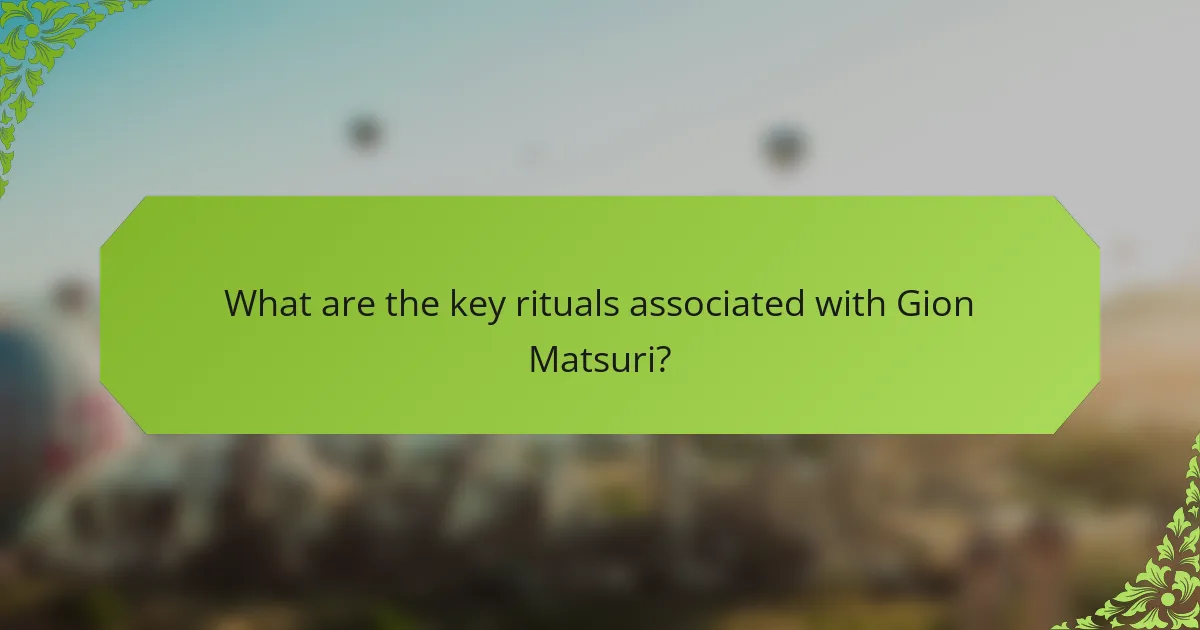
What are the key rituals associated with Gion Matsuri?
Key rituals associated with Gion Matsuri include the Yamaboko Junko procession, the purification ceremony, and the offering of food to the gods. These rituals showcase the festival’s deep historical roots and community involvement. The Yamaboko Junko features elaborate floats adorned with traditional decorations. The purification ceremony emphasizes spiritual cleansing, while food offerings symbolize gratitude and connection to the divine. Local participation is vital, reflecting a unique attribute of the festival where community bonds strengthen through shared cultural practices.
How do purification rituals enhance the festival experience?
Purification rituals significantly enhance the Gion Matsuri festival experience by fostering spiritual connection and community engagement. These rituals, such as the Shinto purification process, cleanse participants and the environment, creating a sacred atmosphere. Engaging in these practices deepens the cultural significance of the festival, allowing locals and visitors to appreciate the rich traditions of Kyoto. The rituals also promote a sense of unity among participants, reinforcing communal ties and shared heritage. As a result, the overall festival experience becomes more immersive and meaningful.
What is the role of traditional music and dance in the celebrations?
Traditional music and dance play a crucial role in Gion Matsuri celebrations by enhancing cultural expression and community participation. These performances reflect the festival’s historical roots and promote local identity. Traditional music, often featuring instruments like the shamisen and taiko, accompanies various events, creating an immersive atmosphere. Dance performances, such as the Yama and Hoko parades, showcase the artistry and dedication of local participants, fostering a sense of unity and pride within the community. Ultimately, these elements preserve cultural heritage and engage both residents and visitors in the festival’s vibrant traditions.
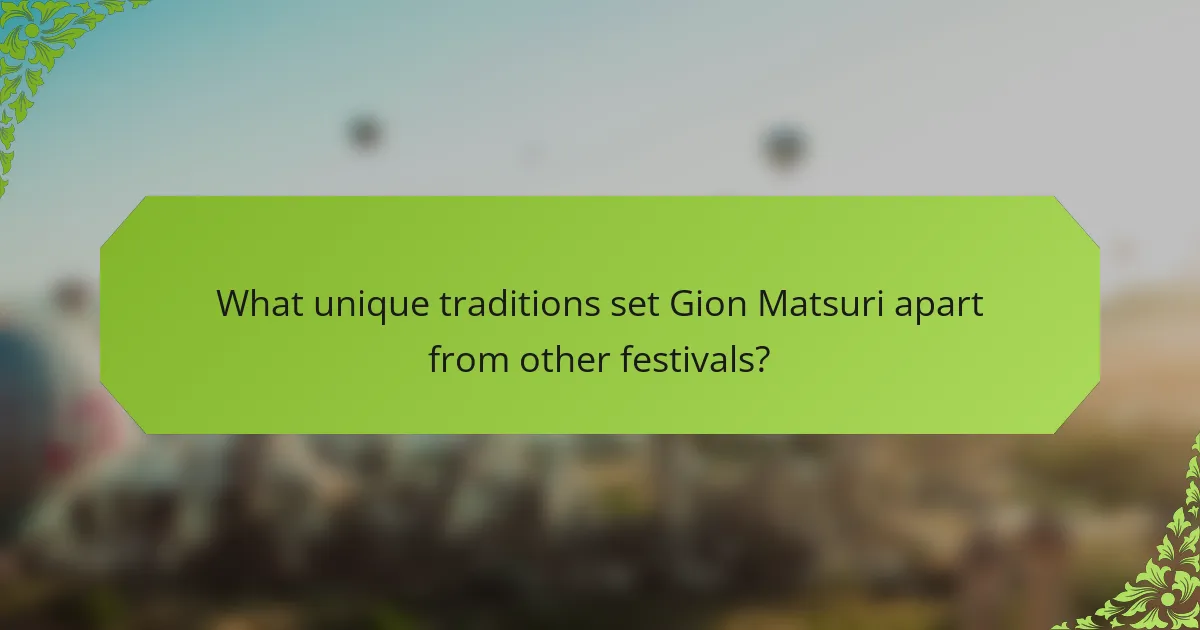
What unique traditions set Gion Matsuri apart from other festivals?
Gion Matsuri features unique traditions that distinguish it from other festivals, such as the Yamaboko Junko parade and the intricate float designs. These floats, called “yamaboko,” are adorned with elaborate tapestries and are pulled through the streets by local participants. The festival also incorporates rituals like the purification ceremony at Yasaka Shrine, emphasizing community involvement and spiritual significance. Additionally, the month-long celebration includes various events, such as traditional music and dance performances, which highlight Kyoto’s cultural heritage.
How does the use of specific materials in float construction reflect local craftsmanship?
The use of specific materials in float construction showcases local craftsmanship by highlighting traditional techniques and regional resources. Local artisans often choose materials that reflect cultural significance, such as wood from local trees or textiles unique to the area. This choice not only preserves heritage but also enhances the aesthetic and functional aspects of the floats. For instance, the intricate designs and skilled craftsmanship involved in creating the floats demonstrate a deep connection to local history and community identity. As a result, the floats become a symbol of pride and continuity within the Gion Matsuri festival.
What rare cultural practices are observed during Gion Matsuri?
Gion Matsuri features rare cultural practices like the Yama and Hoko floats, which are intricately decorated and paraded. These floats symbolize local deities and showcase unique craftsmanship. Another rare practice is the ritual of “Kamo-wake-ikazuchi,” where local priests perform purification rites. Additionally, the “Mikoshi” procession involves carrying portable shrines, connecting the community to their spiritual heritage. Each of these practices highlights the festival’s deep-rooted traditions and community involvement.
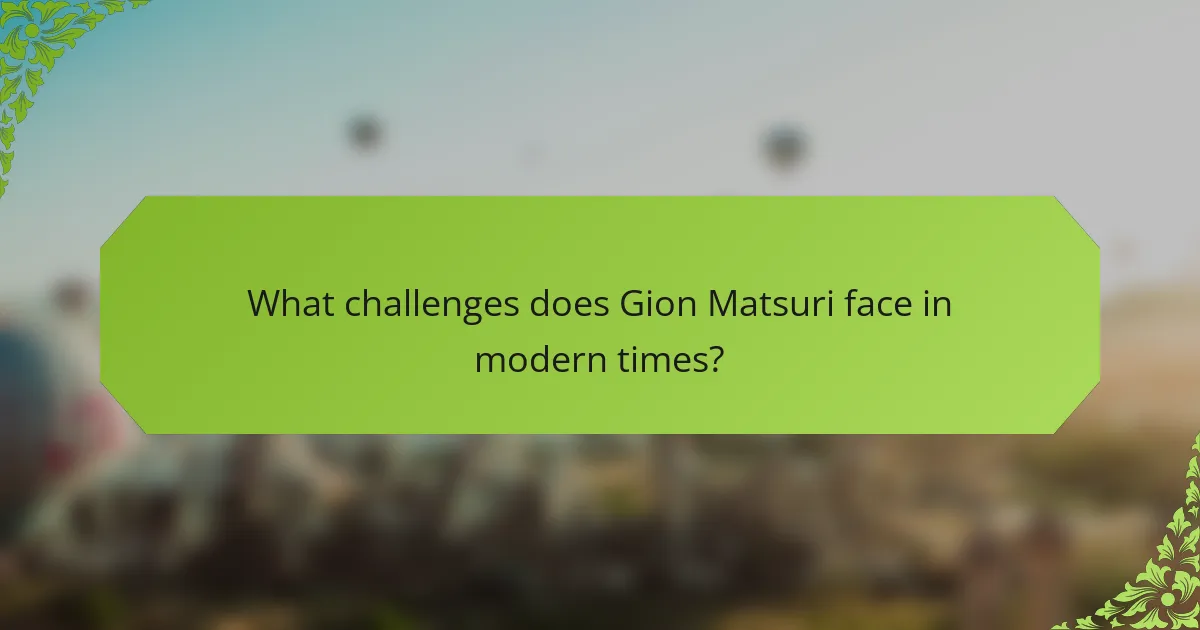
What challenges does Gion Matsuri face in modern times?
Gion Matsuri faces challenges such as declining participation, modernization pressures, and financial sustainability. These issues threaten the festival’s traditions and community involvement. Local interest has waned, impacting volunteer engagement and cultural transmission. Additionally, the rise of digital entertainment competes for attention, making it harder to attract younger generations.
How is the festival adapting to contemporary societal changes?
The Gion Matsuri is adapting to contemporary societal changes by incorporating modern themes and promoting inclusivity. This year, organizers introduced workshops that engage younger generations, allowing them to participate in traditional practices. Additionally, the festival has embraced sustainability by using eco-friendly materials in float decorations. Social media campaigns have increased visibility, attracting a diverse audience and enhancing community involvement. These adaptations ensure the festival remains relevant while honoring its rich heritage.
What measures are being taken to preserve Gion Matsuri for future generations?
Gion Matsuri is being preserved through community engagement, educational initiatives, and financial support. Local organizations actively involve residents in planning and executing events, ensuring cultural transmission. Schools incorporate Gion Matsuri into their curricula, fostering appreciation among younger generations. Additionally, funding from both government and private sectors supports maintenance of traditional practices and infrastructure. These measures aim to sustain the festival’s significance and vibrancy for future participants.
What best practices can enhance participation in Gion Matsuri?
To enhance participation in Gion Matsuri, communities can adopt several best practices. Engaging locals through educational workshops fosters understanding of the festival’s significance. Collaborating with schools encourages student involvement, creating a sense of ownership. Promoting events via social media attracts a wider audience, while offering incentives for participation can motivate attendance. Lastly, showcasing local artisans and businesses during the festival strengthens community ties and highlights cultural heritage.
